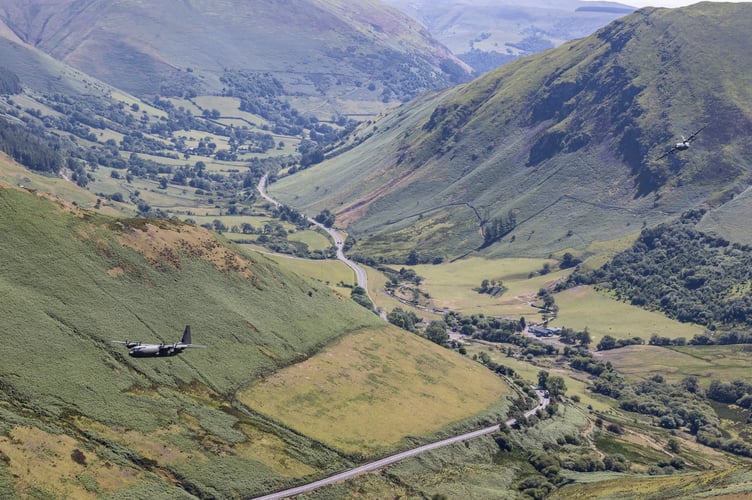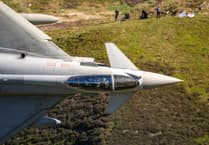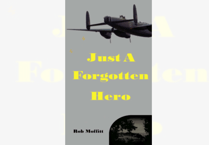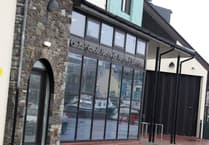As the mighty RAF Hercules transport aircraft prepares for retirement, incredible official photographs capture a historic moment in RAF history.
A flypast to mark the forthcoming stand-down from RAF service took place across all four nations of the United Kingdom on Wednesday.
The planned routing by three aircraft covered locations of significance to the Hercules’ service and 47 Squadron, including the Mach Loop.

47 Squadron and the Hercules will continue to deliver on operations supporting UK defence objectives until 30 June.
The first Hercules arrived at aerospace company Marshall’s of Cambridge in December 1966. Since entering RAF service, originally with 242 Operational Conversion Unit at RAF Thorney Island, it has operated across the globe in support of UK military and humanitarian relief operations.
The Hercules is described as the RAF’s primary tactical transport aircraft and in its current C.Mk 4 and C.Mk 5 versions of the C-130J-30 and C-130J, respectively, has been the backbone of UK operational tactical mobility tasks since it was brought into service in 1999.
It is frequently employed to operate into countries or regions where there is a threat to aircraft; its performance, tactics and defensive systems make it the ideal platform for such tasks.
The transition to the 22-strong Atlas (A400) fleet and other air mobility aircraft has been ongoing for some time. 47 Squadron and the Hercules will continue to deliver on operations supporting UK defence objectives until 30 Jun 23.
The expertise acquired operating the Hercules and its broad range of capabilities will be transitioned across to the other flying platforms in RAF service. This includes Ground support staff (Engineers, Air Operations and Intelligence professions) who will be relocated to similar roles around the RAF.
HERCULES CAPABILITY
The aircraft is highly flexible, with the ability to airdrop a variety of stores and paratroopers, and operate from natural surface landing zones.
To conduct these missions it is vital that Hercules crews are highly skilled in low-level flying.
The aircraft performs in the same roles at night using night-vision goggles (NVGs), while station keeping equipment (SKE) enables it to remain in formation during poor weather.
Long-range capabilities are enhanced with air-to-air refuelling, while the Air Survival Rescue Apparatus may be mounted in the cabin for search and rescue missions, enabling the Hercules to airdrop life rafts and emergency supplies.





Comments
This article has no comments yet. Be the first to leave a comment.